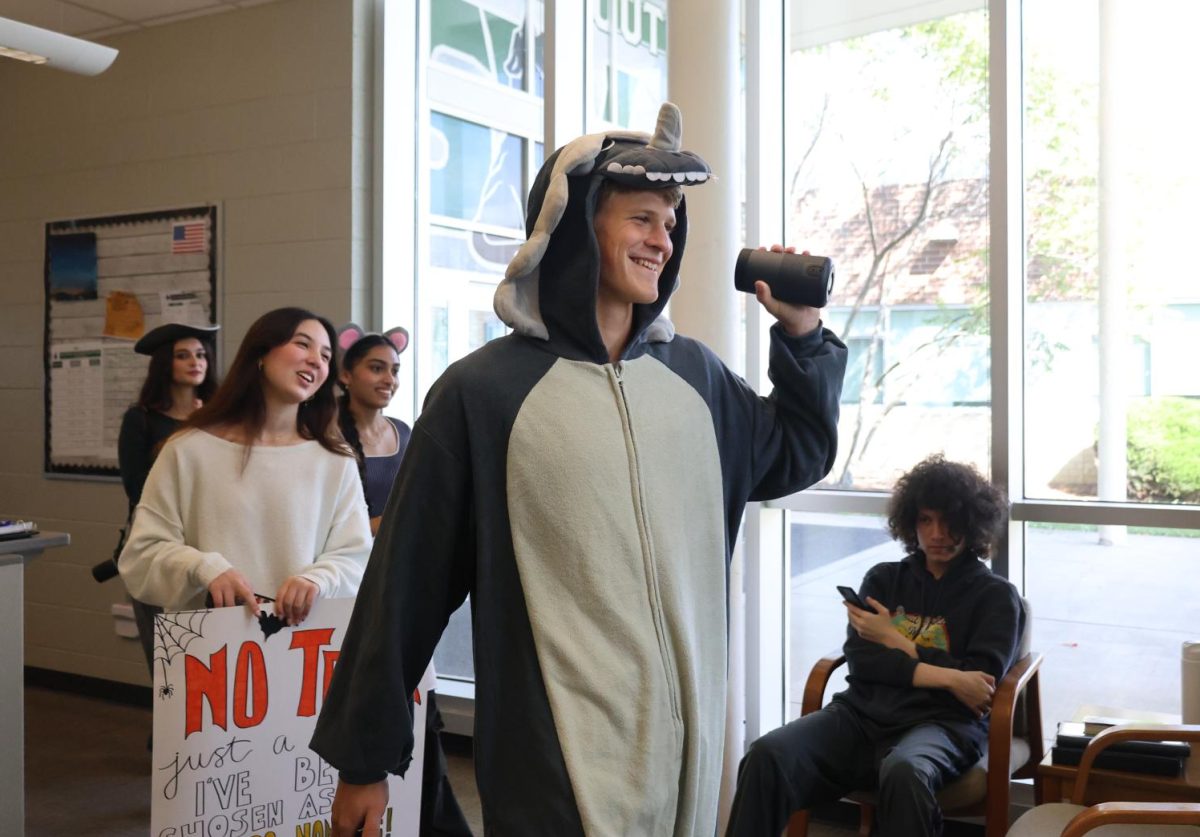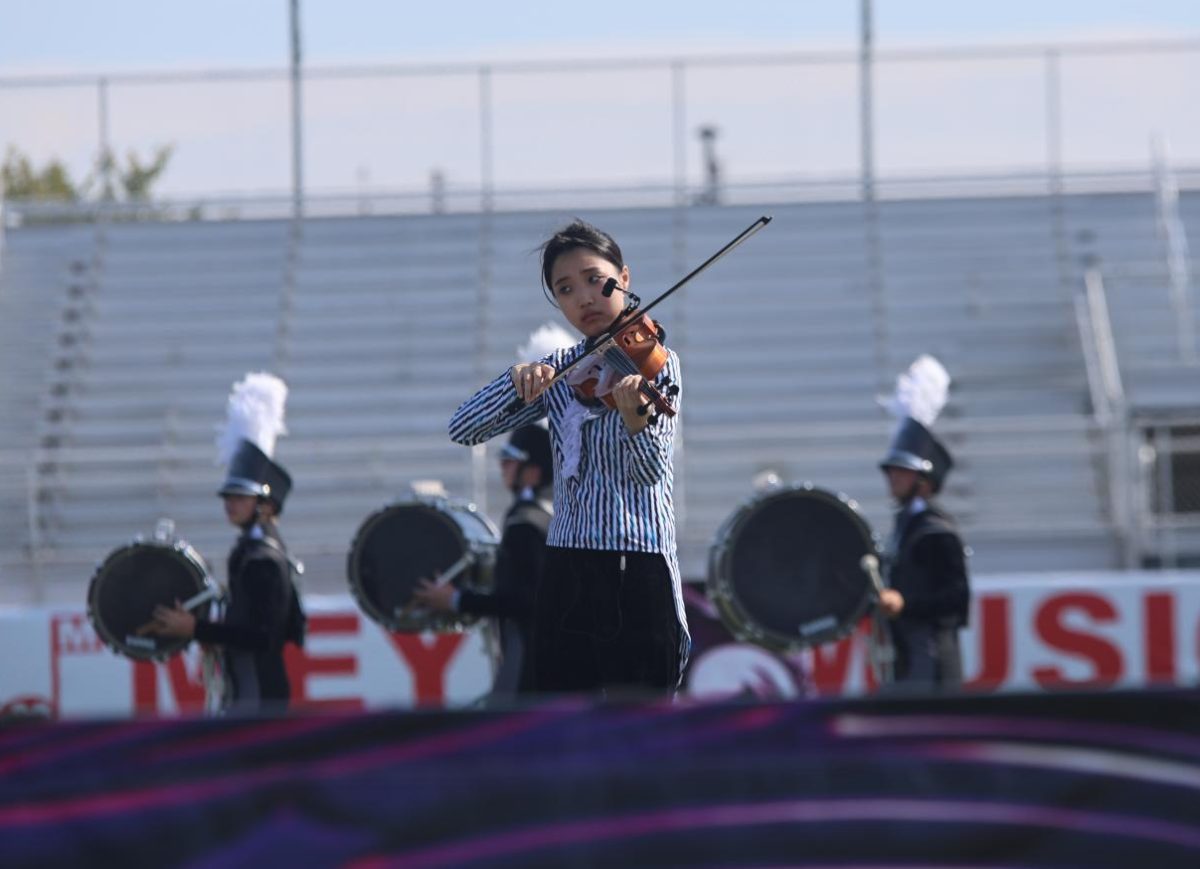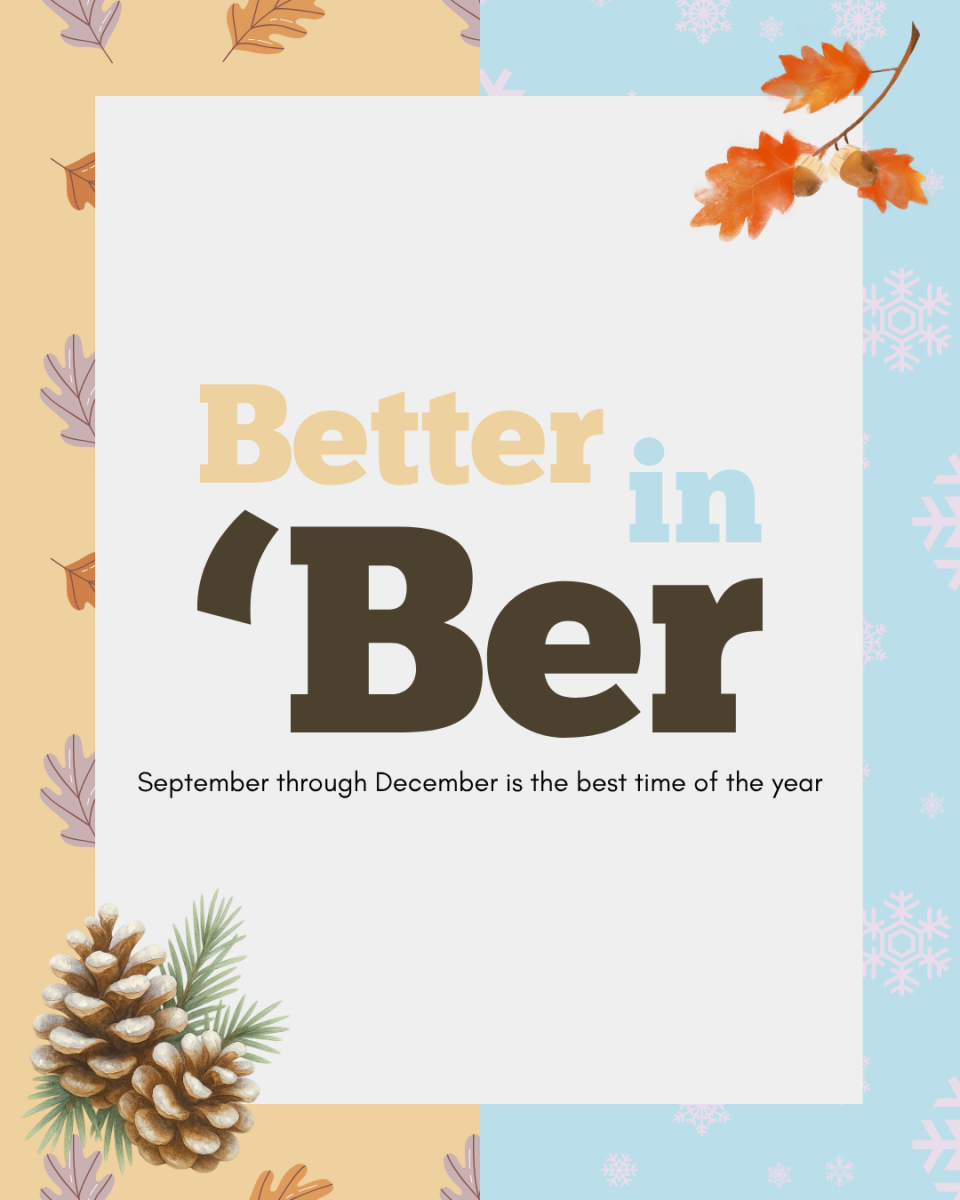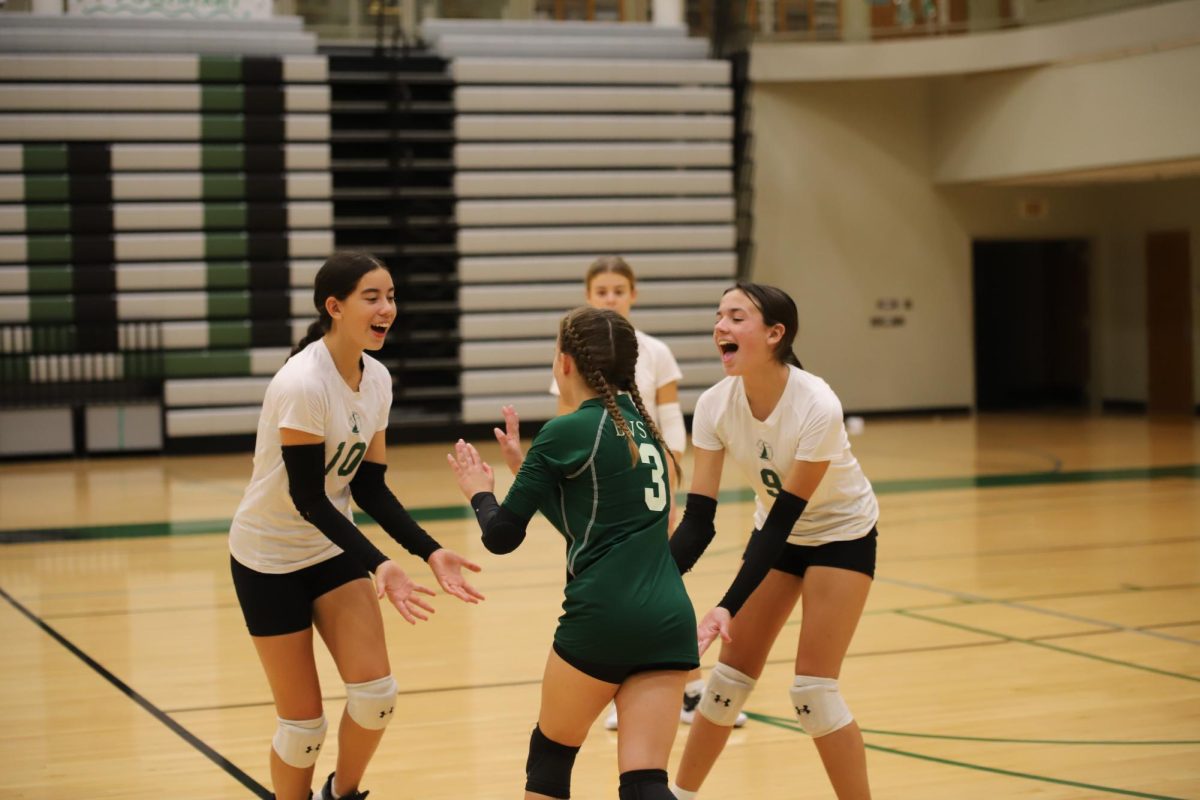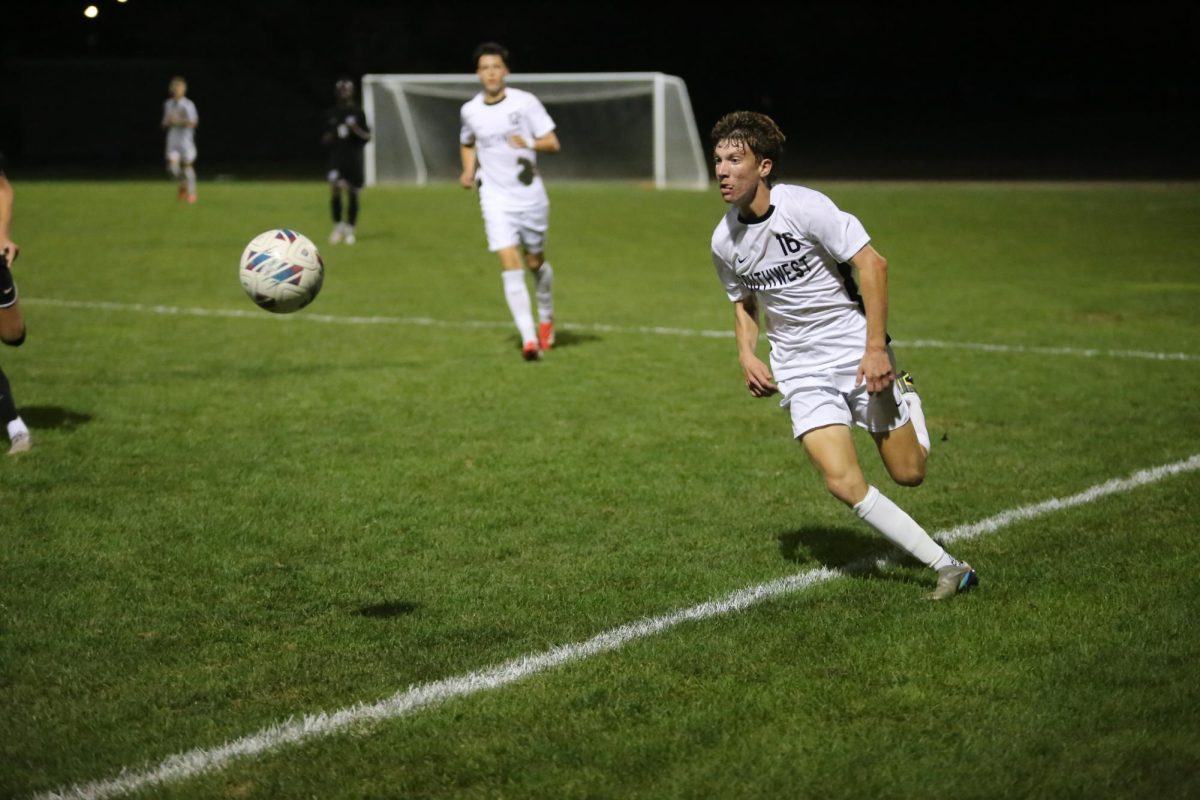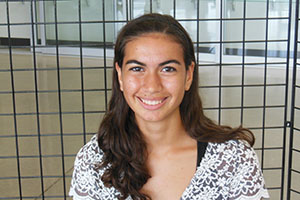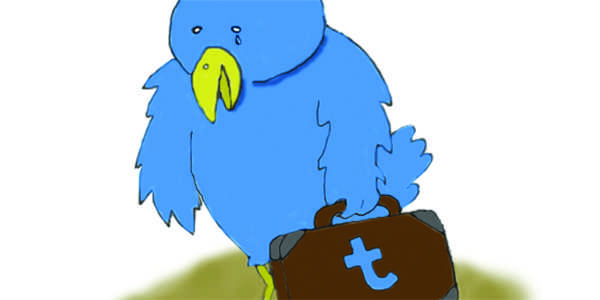
Social media has become one of the most popular forms of communication in today’s society. It is an easy and efficient way to interact with people, and, for these reasons, more and more companies are taking advantage of it. But despite these facts, access to most types of social media is banned at school.
Several classes in the Blue Valley School District require that social media be included in their curriculum. For example, in 21st century journalism, students are required to learn how to identify careers in media and communications, analyze the uses of social networking sites and understand the importance of identity and reputation management in social media.
Educational technology director Kristy Sailors thinks that “those skills can be taught regardless of the tool.”
“We currently teach those types of skills in some of the emerging technology classes at the middle school and high school level,” Sailors said. “They’re also teaching some of those skills using approved tools.”
Edmodo falls under the category of approved tools: it is a “secure social learning network for teachers and students.” It is currently being used by both the gifted education classes and the REbeL Club.
“Edmodo is kind of like an educational version of Facebook,” librarian and REbeL leader Lindsay Hogan said. “I like it, but I think it’s kind of silly because it just adds another step.”
The website is designed very similarly to Facebook—there is a news feed, private messaging and public posting. The main difference is that a code is required to create an account. Thus, it is virtually impossible to sign up without being in a club or class that uses it.
“It is specifically designed for educational use,” gifted education teacher Jacque Cork said. “I think because it’s closed and you’re only communicating with the people in your own group, it still doesn’t teach you how to protect your privacy because the whole thing is private. That [privacy protection skill] still has to come from somewhere else.”
Both staff members agree that, although they like using the tool for educational purposes, it is not a substitute for social media.
“I am a strong advocate of using social media in the classroom,” Hogan said. “It’s a regular way of communicating. I think that teachers need to take advantage of that communication channel; otherwise, they’re missing those connections.”
On Oct. 22 and 23, a total of 100 students were polled in a variety of different classes with students from every grade level. Out of this group, 83 percent had never heard of Edmodo. All of the 17 percent who had were either in gifted education or REbeL.
From the standpoint of district officials, social media shouldn’t be allowed for safety reasons.
“The concerns are that we, as a district, have no way to know who would be on the social media other than our kids,” Sailors said. “It’s a tough decision. We understand what the needs are and what the requests are; we just have parameters that we have to abide by as a K-12 institution.”
Under that K-12 realm falls the Center for Advanced Professional Studies, better known as the CAPS program. Here, whether students are studying iMedia or Aerospace Engineering, they have complete access to Facebook and Twitter.
“You go home and you can utilize it, so our belief is: let’s learn how to use it for the betterment of everything,” CAPS executive director Donna Deeds said. “You can’t really ban it, because you probably have a phone and you’re online at home and have access to whatever. What we want to be sure of is that kids learn how to use it safely, because it’s not going away. It’s just going to get more and more connected.”
CAPS students most often use social media tools to collaborate with business partners. For example, companies can ask students to create a Facebook page or a video for them to help raise awareness of a new product. In the past, this has meant anything from monitoring the Twitter feeds during the World Series, to creating a blog for a startup aviation company in Singapore.
“You are really on the cutting edge of what we call the digital native kinds of kids,” Deeds said. “I think business partners want to utilize our kids because they are better at this and understand how to connect.”
While the access is not very limited, Deeds thinks that the program is still strict on making sure the tools are being used appropriately.
“They cannot use the tools for personal use,” Deeds said. “They can be dismissed from this program if we see kids on Facebook doing their own Facebook or if they’re doing their own Twitter.”
Although regular high school students would not be using the tools the same way, there are still websites that could be beneficial to students that are blocked. The gifted education teachers subscribe to educational blogs and have found forums where other students are talking about college application processes, essays and scholarships, but none of these websites can be accessed at school. Restricting social media access can also affect a student in the professional world.
“Your ability to work with social media and to use it in your profession in a way that can help the company is invaluable,” Hogan said. “I think those skills will give them [students] a heads up in the end.”
Socialmediaexaminer.com, a company that earns a profit though helping people work with social media, found 3,813 marketers through twitter and e-mail to participate in a survey. 94 percent of these companies indicated that they were employing social media for marketing purposes and 83 percent said that social media was important to their business.
“It’s a part of everybody’s life right now,” Deeds said. “And it’s a part of everybody’s business; if they’re smart, they’ll have a presence on the web.”
And while most social media websites are inaccessible by any means through the school’s wi-fi, anyone with a data plan can access it at school through his or her phone.
“It’s not like people are on when teachers are talking — I’ve never seen anyone on then,” sophomore Haley Catron said. “But, you see people passing by in the hallway and they’ll be on Facebook or Twitter.”
Students and teachers agree that social media is both present and important in the modern world.
“It’s a part of life now,” Cork said. “I think when we close things down, we are sending a message that there is something wrong, and I personally think that we should be looking for ways to incorporate social media into the curriculum and into the way we teach. It’s a great way — it can be a great way — to connect people from different schools and different parts of the world, but we’re not able to do that when it’s locked down.”


